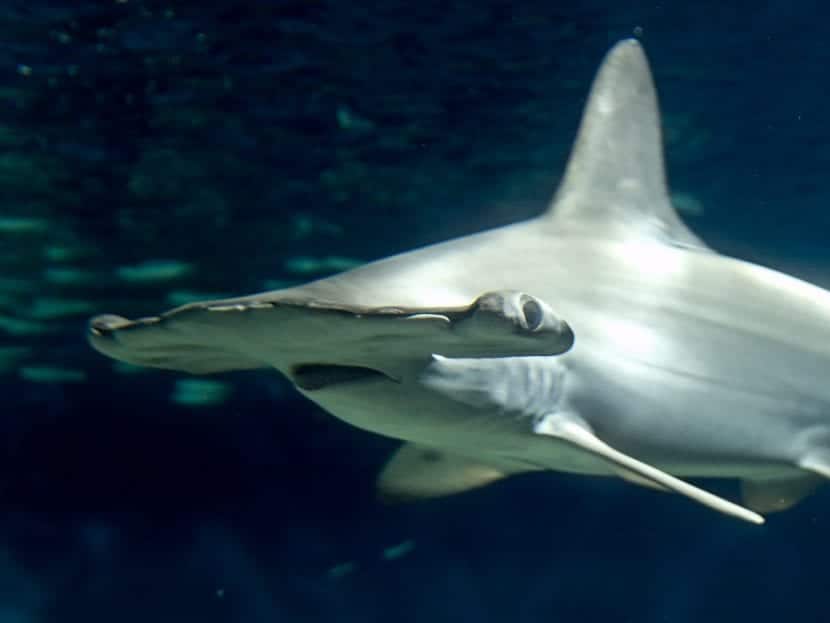
If nature is rich in anything, it is precisely in the enormous amount of biodiversity it houses. An endless number of species populate the length and breadth of our planet and its different ecosystems. If we focus on the fish, things were not going to be any less. There are many types de peces, among which is a peculiar group: cartilaginous fish.
Surely to many this of the cartilaginous fish may sound a bit strange. Nothing could be further from the truth. In this article we will try to get you closer to these types of animals and that you know much more about them.
What are cartilaginous fish?
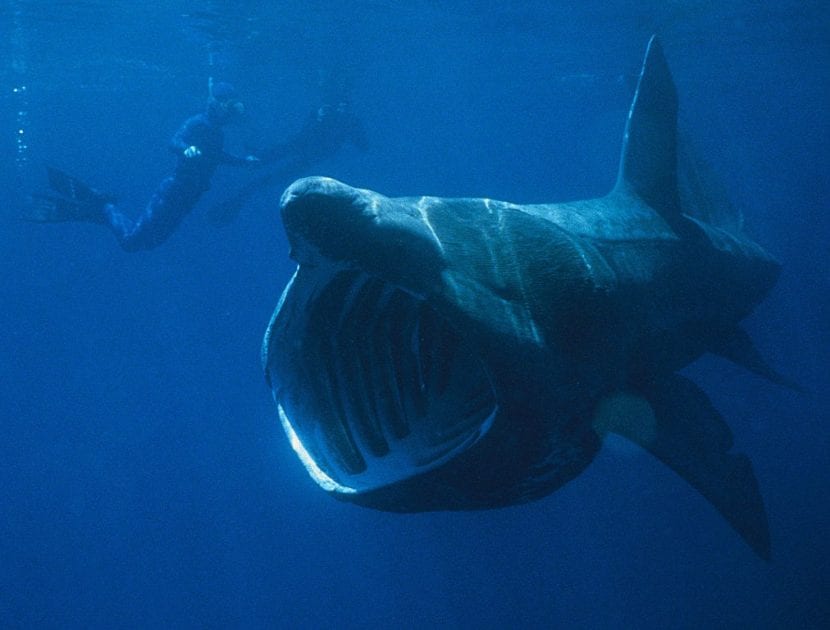
Cartilaginous fish are those characterized by have a skeleton made up of cartilage instead of bone. Hence its name. Creatures like sharks or rays belong to this family.
Furthermore, this type de peces They are also often called chondrichthyans, since its scientific name is Chondrichthyes.
From
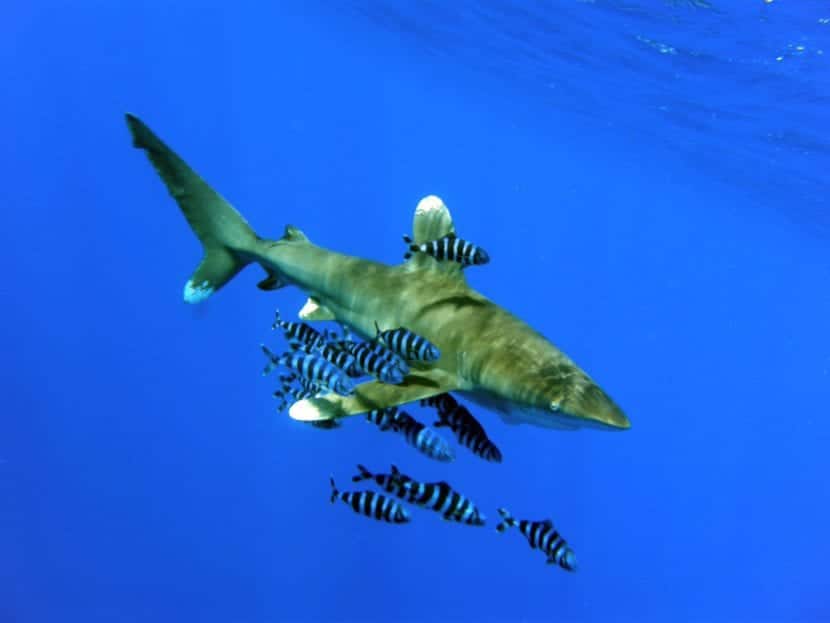
Cartilaginous fish are estimated to first appear on Earth during the period Upper Devonian. These fish are believed to have enjoyed two great moments of expansion. The first of these was in the early Permian and the second, the most considerable, towards the middle of the Cretaceous.
Most common characteristics of cartilaginous fish
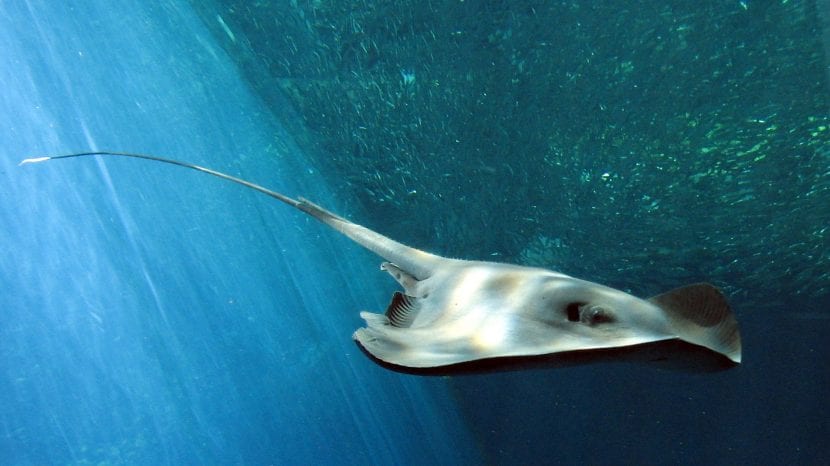
These fish have a series of very peculiar characteristics, which make them truly fascinating beings.
The first of them, and perhaps the one that attracts the most attention, is that they present notochord when they are young. And ... what is the notochord? Well, it is a kind of rope that animals of the chordate family have on the back and that acts as a backbone. This notochord will give way as the individual matures, giving way to a real cartilage, which will be the one that definitively forms the skeleton.
We are used to seeing how fish tend to have a peculiar appearance that makes them appear to be flattened laterally. Well, in cartilaginous fish the opposite occurs, since these are flattened on the back or belly. One of the causes of this characteristic may be due to the lack of ribs or a similar structure. Also for this reason, if these fish leave an aquatic ecosystem they may die in a very short time since the weight of their body will cause them to "collapse", crushing and destroying their internal organs.
Their bodies are covered in scales called dermal denticles. These scales have a double function: protective and hydrodynamic. If we touch a cartilaginous fish we can notice that its skin is soft if we slide our hand in one direction, but that this phenomenon is totally reversed if we do it in the opposite direction. The reason for this is clear: all these small scales are located in the same way and in the same direction.
As is often the case with all fish, respiration in this type of animal takes place through gills, which are not protected by any special organ, something that usually happens in most bony fish.
A serious problem affecting cartilaginous fish is that do not have a swim bladder (Organ in the form of a membranous sac that is found under the spine of the fish, which fills with gas, promoting buoyancy). What happens then? Well, they are forced to swim and be constantly active in order to stay afloat.
Some of them also have a specialized organ called lateral line, which is very useful for them to be able to capture vibrations. The sense of smell is highly developed in these fish, quite the opposite of what happens with the sense of sight.
Food
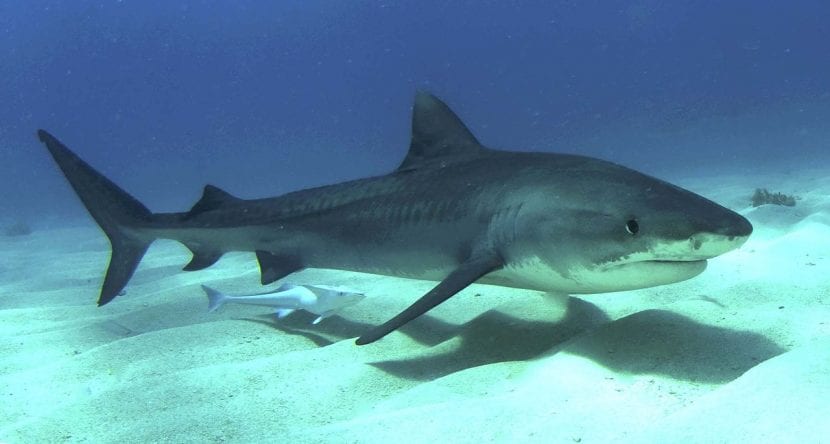
We cannot locate cartilaginous fish at a specific point in the food chain. However, most of these animals tend to be carnivores and also great hunters. Although there are also those who prefer a diet based on plants, plankton, etc.
Reproduction
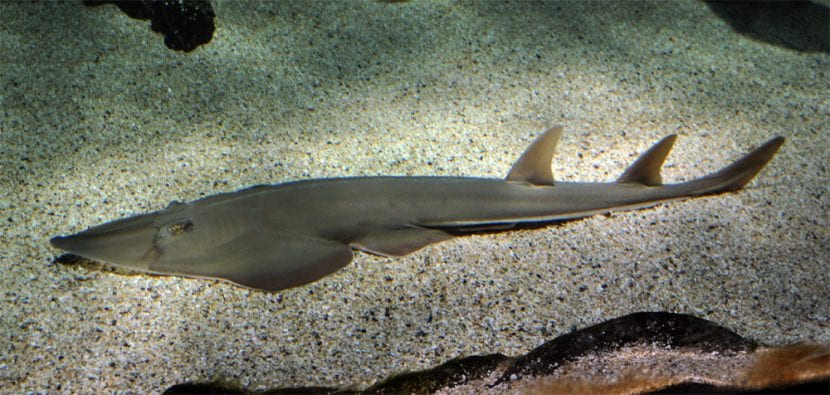
Reproduction in this type of animal is of the type sexual and dioecious, which means that we have male individuals and female individuals. This reproduction process also differentiates them from bony fish, since internal fertilization does take place in chondrichthyans. The copulatory organ of males is called claspers.
The offspring in cartilaginous fish can be of three types: oviparous, ovoviviparous and viviparous, depending on the species itself. In the case of oviparous cartilaginous fish, the eggs are usually large.
They do not usually have a high number of young in each reproductive cycle, and it is not that they are very protective parents, with some exceptions.
Classification
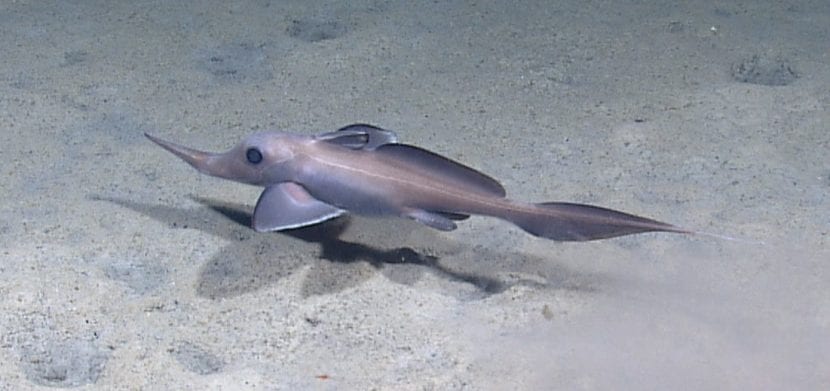
When it comes to referring to cartilaginous fish, we must know that within this class, we can find two well differentiated subtypes. On the one hand we have the Slamiobranchs, and on the other the Holocephalos. In turn, within their own Slamiobranchs we can differentiate between the Selacimorphs and Bastoids.
The Selacimorphs are what we commonly know as sharks or shark. They are the most similar to bony fish. Bastoids refer to animals that we refer to as mantas, rays, electric rays, and sawfish.
As for the Holocephalos, and unfortunately, it should be noted that most of them have already become extinct. At present we only find a small group of them, which is called Chimeras. Undoubtedly, they are very particular fish, especially because of their physical appearance, in which the head stands out that protrudes exaggeratedly from the body, with a boa in the form of a bulge that is located on the belly.
As with sharks, chimeras also bear certain similarities to bony fish, including the appearance of an operculum. They usually live at the bottom of the seas and oceans, where they feed on mollusks and small invertebrate animals.
I hope that with this article you have been able to get to know cartilaginous fish better, as well as their customs, their characteristics, etc. As you have seen, they are not so strange creatures and surely more than one has been surprised to discover them.